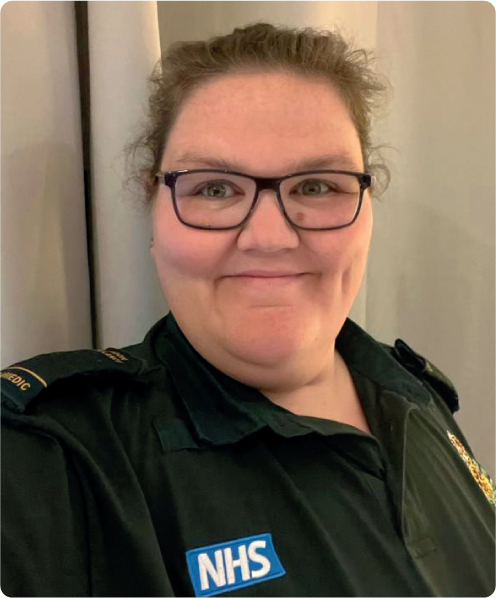
Overall, this summer has been a good one. I re-started scuba diving. Now that I have a steady income, I can take up an old hobby. I have rekindled my love for the water and being under water – though, at 17°C, the UK waters are a tad colder than the lovely 28°C waters of the Dominican Republic I visited in March.
July also saw graduation. Despite finishing university in September 2023, graduation was held in July 2024. It was lovely to spend a week back in the North of England, seeing old mentors and friends. During graduation, I had the opportunity to speak with my tutors that had moved on to different pastures. It was lovely to see them and tell them about my adventures in London.
However, the week before graduation, while on a day shift, I made my first major error. I attended to a patient who was fitting. In the London Ambulance Service (LAS), we administer Midazolam to assist in terminating seizure activity. Both I and another paramedic had checked JRCALC, then went on to do further checks, ensuring that we followed the five rights of drug administration. The right drug (Midazolam) was being given to the right patient, via the right route (intramuscularly (IM)), at the right time (the patient had been fitting for 30 minutes) and in the right dose. I had confirmed that the vial of medication was indeed Midazolam, and that the amount in the syringe was 1 ml/5 mg and ready for IM administration.
What we had both initially missed was a caveat of administration, that if a patient was over 70 years old or was frail, then a half dose should be administered, so in this instance 0.5 ml/2.5 mg. After the initial administration of 1 ml/5 mg and awaiting the 5-minute interlude, the patient was still fitting. We then looked at JRCALC again for the second dose. This is when we both realised that despite checking and cross checking, I had essentially overdosed the patient. By this point, we had the patient on our stretcher and ready to transport to hospital. It took about 15 minutes for the seizure to fully terminate following the administration of Midazolam. The patient remained unresponsive throughout the transfer.
I placed the pre-alert into the receiving hospital, and we set off, continously monitoring the patient en route. During transport, he showed no signs of entering another seizure and maintained a stable respiration rate and oxygen saturations. Once at hospital, as part of The Duty of Candour, I reported my error to the consultant who I was handing over to, explaining that I had administered 0.5 ml/2.5 mg too much. The consultant thanked me for my honesty and reassured me that it had no detriment to the patient. I then went to my line manager to report my error and completed a Datix to highlight my error to the Trust.
All of this was incredibly nerve wracking. I am only 9 months in and having made such an error, I was expecting to be chastised and for some form of disciplinary action to be taken. However, by owning up immediately to my mistake, letting the consultant and my line manager know, I have been open and honest, acting with integrity and honour. My learning from this is to take a few more minutes to thoroughly read JRCALC guidelines, especially regarding drugs I do not use regularly. Mistakes happen—but own the mistake, take the feedback and allow your error to guide your practice going forward.


